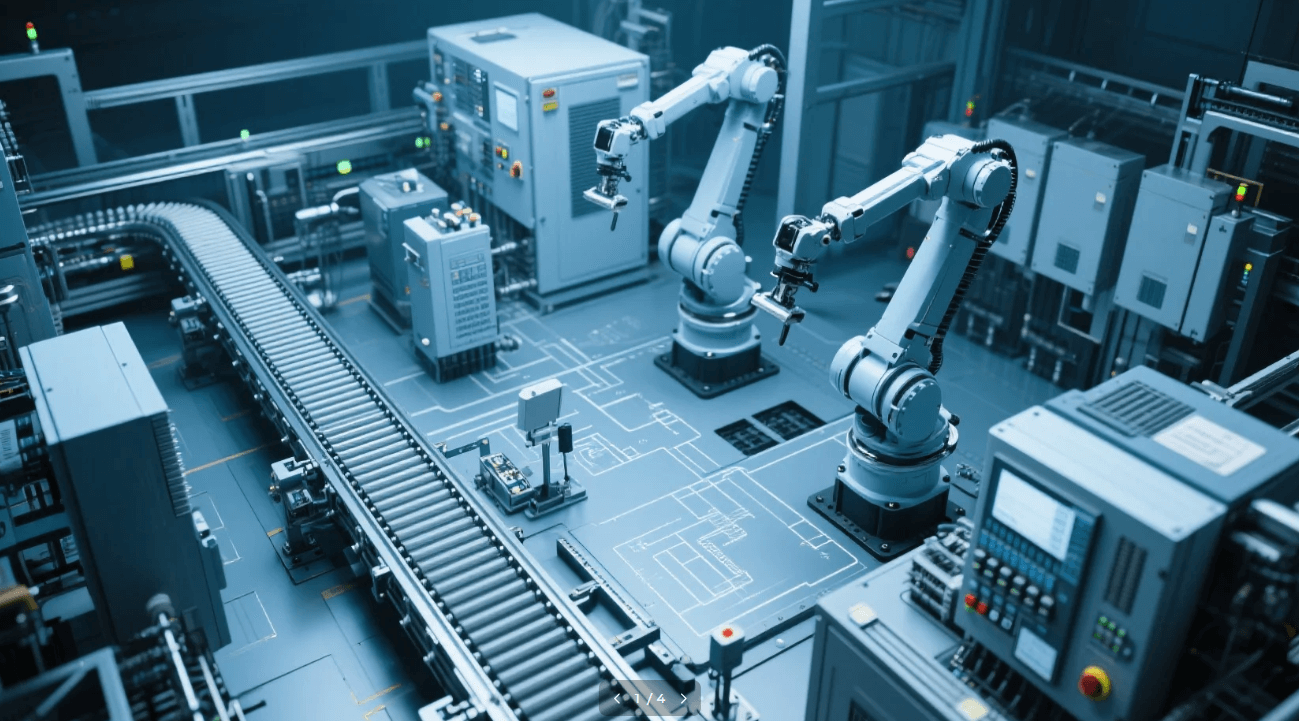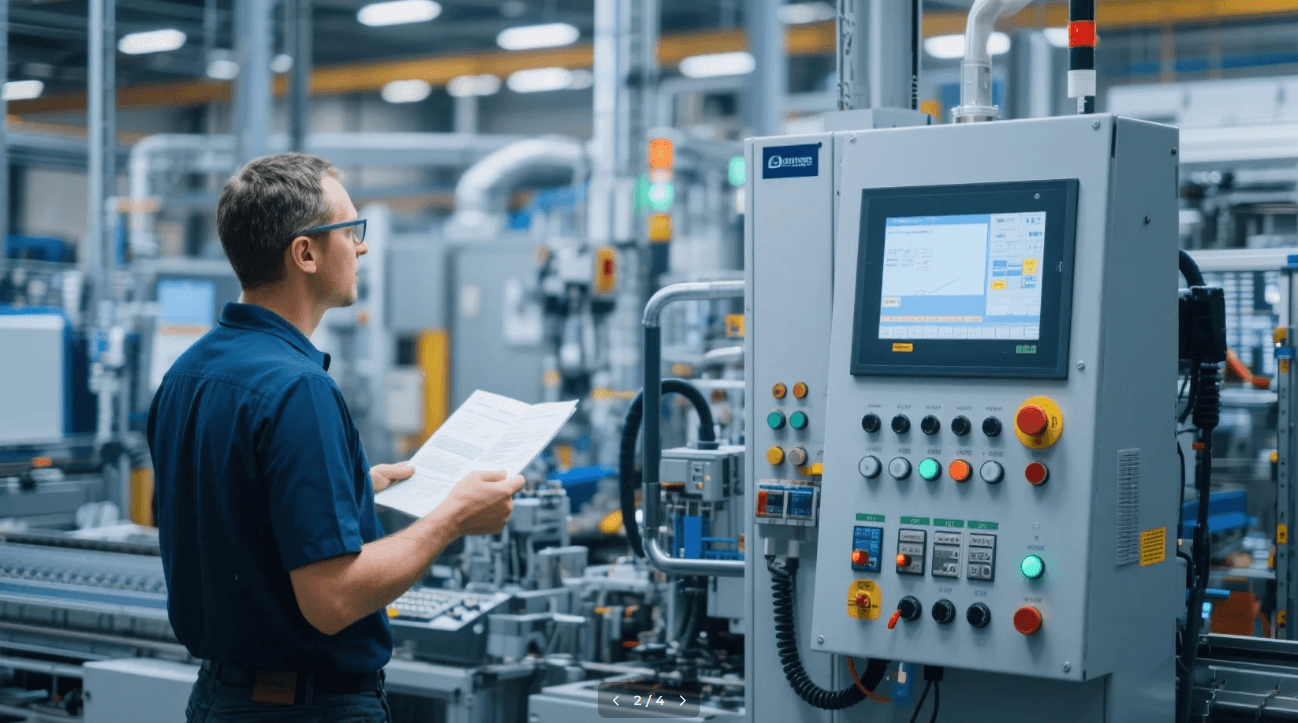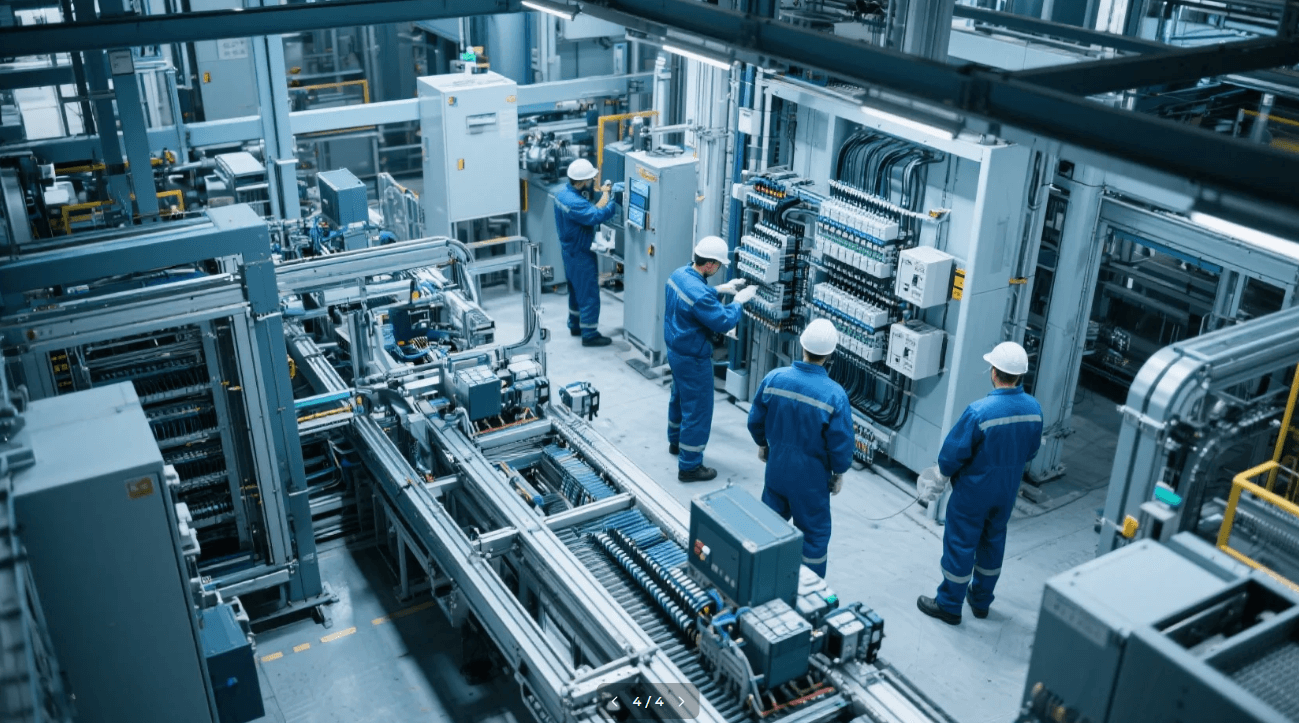How to Build a Factory Automation System

Introduction
In today’s rapidly evolving industrial landscape, the implementation of a factory automation system is pivotal for enhancing efficiency, precision, and safety. By integrating advanced technologies into manufacturing processes, businesses can achieve higher productivity and consistent quality. This guide delves into the essential components and steps involved in building an effective factory automation system, particularly focusing on applications within electrical process control and automation.
Understanding Factory Automation Systems
What Is a Factory Automation System?
A factory automation system is an integrated network of control systems, machinery, and software designed to operate manufacturing processes with minimal human intervention. These systems aim to increase productivity, reduce operational costs, and improve safety by automating repetitive tasks and enabling real-time monitoring and control.

Core Components
Key components of a factory automation system include:
- Programmable Logic Controllers (PLCs): Serve as the central processing unit, executing control programs to manage machinery and processes.
- Sensors and Actuators: Collect data from the environment and execute physical actions, respectively, facilitating real-time process control.
- Human-Machine Interfaces (HMIs): Provide operators with a graphical interface to monitor and control the system.
- Supervisory Control and Data Acquisition (SCADA) Systems: Enable centralized monitoring and control of the entire automation system.
Steps to Build a Factory Automation System
1. Define Objectives and Requirements
Begin by clearly outlining the goals of the automation project, such as increasing production capacity, improving quality, or reducing labor costs. Identify specific requirements, including the types of processes to be automated and desired system capabilities.
2. Analyze Existing Processes
Conduct a thorough analysis of current manufacturing processes to identify areas suitable for automation. This includes mapping out workflows, identifying bottlenecks, and assessing the feasibility of automating specific tasks.
3. Design the System Architecture
Develop a detailed design of the automation system architecture, specifying the arrangement of hardware and software components. This involves selecting appropriate PLCs, sensors, actuators, and communication protocols to ensure seamless integration and scalability.
4. Develop Control Programs
Create control programs for PLCs using standardized programming languages, such as those defined in IEC 61131. These programs dictate how the system responds to various inputs and controls outputs to achieve desired operations. en.wikipedia.org
5. Implement and Integrate Components
Install and connect all hardware components, ensuring proper wiring and configuration. Integrate software systems, including HMIs and SCADA, to enable centralized monitoring and control.
6. Test and Validate the System
Perform comprehensive testing to verify that the automation system operates as intended. This includes functional testing of individual components and system-wide validation to ensure reliability and safety.
7. Train Personnel and Maintain the System
Provide training for operators and maintenance staff to ensure proper use and upkeep of the automation system. Establish a maintenance schedule to address potential issues proactively and ensure long-term system performance.

Benefits of Factory Automation Systems
Implementing a factory automation system offers numerous advantages:
- Increased Productivity: Automation enables continuous operation, reducing downtime and increasing output.
- Enhanced Quality: Consistent and precise control reduces variability and defects in products.
- Improved Safety: Automation minimizes human involvement in hazardous tasks, reducing the risk of accidents.
- Cost Savings: Reduced labor costs and improved efficiency lead to significant financial savings over time.
- Real-Time Monitoring: SCADA systems provide real-time data, enabling prompt decision-making and process optimization.
Applications in Electrical Process Control and Automation
In the field of electrical process control and automation, factory automation systems are instrumental in:
- Power Distribution Management: Automating the control of electrical distribution networks to ensure stability and efficiency.
- Process Control in Manufacturing: Managing complex processes, such as chemical production or food processing, with precise control over variables like temperature and pressure.
- Energy Monitoring: Tracking and optimizing energy consumption across facilities to reduce costs and environmental impact.
- Predictive Maintenance: Using sensor data to anticipate equipment failures and schedule maintenance proactively.
Challenges and Considerations
While building a factory automation system offers substantial benefits, it also presents challenges:
- Initial Investment: High upfront costs for equipment and system development.
- Complex Integration: Ensuring compatibility among diverse hardware and software components.
- Cybersecurity Risks: Protecting the system from potential cyber threats requires robust security measures.
- Skill Requirements: Need for specialized knowledge to design, implement, and maintain the system.
Conclusion
Building a factory automation system is a strategic investment that can significantly enhance operational efficiency, product quality, and safety in manufacturing processes. By carefully planning and executing each step—from defining objectives to training personnel—businesses can harness the full potential of automation to remain competitive in the modern industrial landscape.
Frequently Asked Questions (FAQ)
Q1: What is the role of PLCs in a factory automation system?
A1: Programmable Logic Controllers (PLCs) serve as the central control units, executing programmed instructions to manage machinery and processes within the automation system.
Q2: How does SCADA contribute to factory automation?
A2: SCADA systems provide centralized monitoring and control, collecting real-time data from sensors and equipment to facilitate informed decision-making and efficient process management.
Q3: What are the benefits of integrating sensors into the automation system?
A3: Sensors collect critical data on variables like temperature, pressure, and flow, enabling the system to respond dynamically to changing conditions and maintain optimal operation.
Q4: How can cybersecurity risks be mitigated in factory automation systems?
A4: Implementing robust security protocols, regular system updates, and employee training can help protect the automation system from potential cyber threats.
Q5: Is it possible to upgrade an existing manufacturing process with automation?
A5: Yes, existing processes can often be retrofitted with automation technologies, though this requires careful assessment and planning to ensure compatibility and effectiveness.
